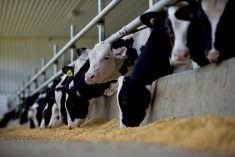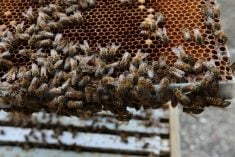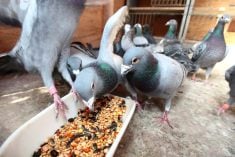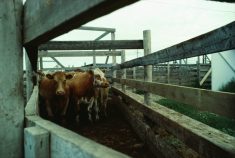The public can comment until mid-February on proposed new livestock transport regulations which the government says will help Canada line up with international standards and limit how long livestock can go unfed during shipping.
The Canadian Food Inspection Agency on Monday announced amendments to the federal Health of Animals Regulations dealing with transportation have been published in the Canada Gazette and are open for comment until Feb. 15.
Canada’s current regulations were developed in 1977 and “few” amendments have been made since then, CFIA said Monday. The new proposals, it added, come from “10 years of consultation with industry, the public and special interest groups.”
Read Also
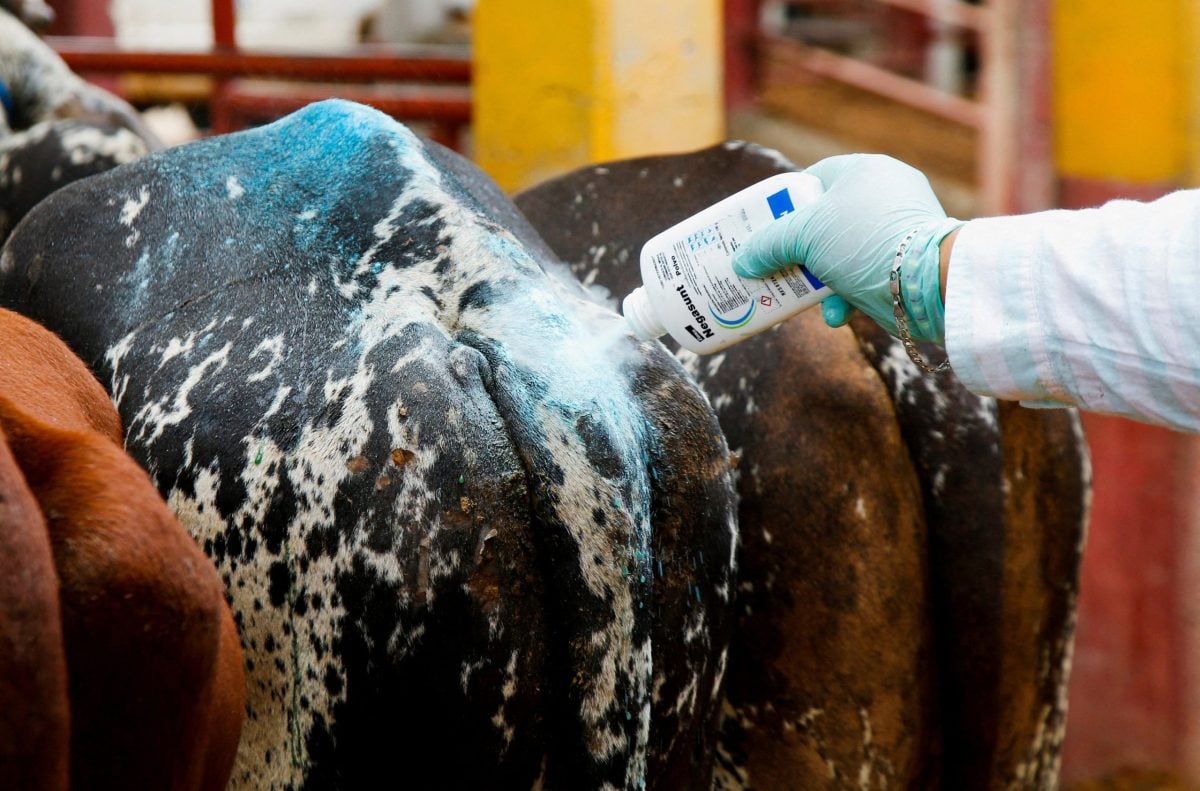
Mexico agriculture secretary says still no date for restarting cattle exports to U.S.
Mexican Agriculture Minister Julio Berdegue said on Wednesday that Mexico and the United States have not yet set a date to resume Mexican cattle exports amid an outbreak of the flesh-eating screwworm parasite.
The amendments, CFIA said, will better define certain terms, such as what constitutes an “unfit” or “compromised” animal, and establish “clear end results for industry and transporters to better understand what is required.”
The new rules will also reduce the time intervals that animals in transport can be without access to food, water and rest, and set up “clear end results that better reflect animals’ needs and current industry practices.”
The rules will also “better align with Canada’s international trading partners and the OIE (World Organization for Animal Health) animal welfare standards for animals transported by land, air, and sea.”
The rules set maximum times a group of animals can spend on the road without feed, water or rest, including very young or “compromised” animals (12 hours); spent hens, broilers and rabbits (24 hours); hogs and horses (28 hours); and day-old chicks (72 hours). All other animals can be on the road for up to 36 hours.
Beyond those maximum times, transported animals have to be given access to feed, water and at least eight consecutive hours of rest. Also, if “any” animal becomes dehydrated or shows exhaustion or “nutritional deficiencies,” it must get feed and/or water and/or rest as required before the trip can resume, regardless of the maximum allowable transport time.
The maximum intervals only apply to animals able to stand those intervals without becoming dehydrated, weakened or exhausted, the agency said.
The new rules also specify that animals found to be unfit before loading mustn’t be loaded for transport — unless it’s for veterinary diagnosis, care or treatment, and then “only if adequate measures are taken to prevent any additional suffering.”
Animals deemed “compromised” before loading must be “loaded and transported with necessary measures to minimize their suffering.” Animals compromised during transport must be “promptly provided with measures to minimize their suffering, injury or death and… transported directly to the nearest place to receive care or treatment or to be humanely killed.”
Animals that become unfit during transport, meanwhile, must be “promptly provided with measures or actions required to minimize their further suffering and to prevent further injury or unintended death.”
The rules also include a list of conditions in the “unfit” category, such as an animal that’s lame, reluctant to walk, hobbled, “non-ambulatory” or suffering from a fracture, hernia or prolapse, or an animal that’s in shock, wounded, “extremely” thin, dehydrated, fevered, hypothermic or hyperthermic, or is about to give or has just given birth.
Conditions in the “compromised” category include animals that are bloated, suffering laboured breathing, heavy lactation, frostbite, blindness or slight rectal or vaginal prolapse. Birds that are wet and can’t fluff their feathers to keep warm are also considered compromised.
The new rules also state it’s “not acceptable” to beat an animal at any time; use a driving device such as a whip or prod “in a way that causes or is likely to cause harm to an animal;” force an animal to move along a path that’s blocked; lift an animal by its skin, wool or tail; or force a non-ambulatory animal to move.
Training
In its guidance, the agency said those directly involved in livestock handling must have “intimate knowledge of the normal and abnormal behaviour of the species that they are responsible for handling, to ensure the well-being of the animals in their care and for their own personal safety.”
That calls for training, to “know how loading, protecting, preparing, monitoring and driving affect animals during transport and has the appropriate skills to drive the conveyance with an animal load in a way to minimize the negative effects on the animals.”
Producers, dispatchers and processors also “should also be aware of basic animal-based parameters in order to consider animal needs when planning or responding to animal transport issues.”
Livestock handlers must also have contingency plans in place ahead of transport to deal with “situations that can be reasonably foreseen” such as road detours, closures or construction, vehicle breakdowns, weather, driver illness, wait times at unloading stations or a “labour disruption” such as a strike or lockout.
Every animal must be transported in a way that doesn’t expose it to adverse weather or “environmental conditions that can lead to suffering, injury or death.” It also must be able to adjust its own position to protect itself against harm from other animals, or from excessive heat or cold.
Every animal also must have “adequate ventilation” during transport, plus “adequate headroom to permit a full range of normal head movement and sufficient floor space for the animal to maintain its preferred position.”
Despite the updates, Ottawa-based animal welfare group Animal Justice on Monday criticized the new regulations as “deeply disappointing and woefully inadequate.”
Animal Justice said it and other groups made joint recommendations to the federal government in 2014, but “those evidence-based recommendations have largely been ignored.”
“The proposed new rules confirm that regulators are more concerned with protecting the profits and convenience of Big Ag than they are with modernizing our welfare laws to protect animals from severe suffering,” Anna Pippus, Animal Justice’s director of farmed animal advocacy, said in a release.
The proposals “almost entirely fail to protect animals from freezing, wet winter weather and hot, humid summer weather when they are transported in Canada’s open-sided transport trucks,” the group said.
“Although this has been a main source of criticism from animal welfare advocates, the new rules simply reword the existing, inadequate provisions.” — AGCanada.com Network



